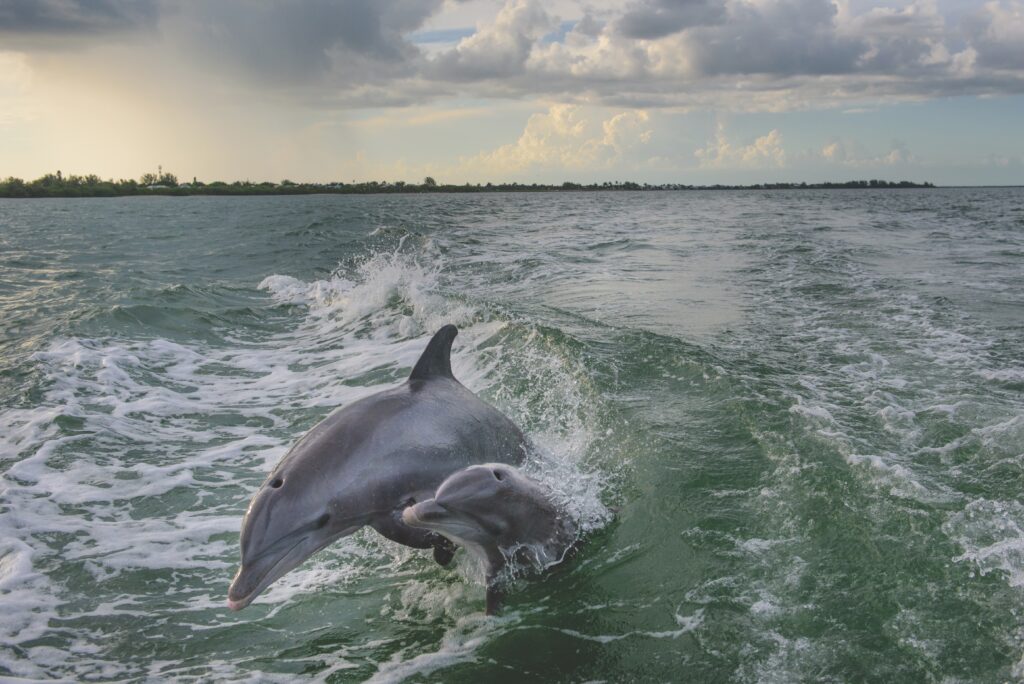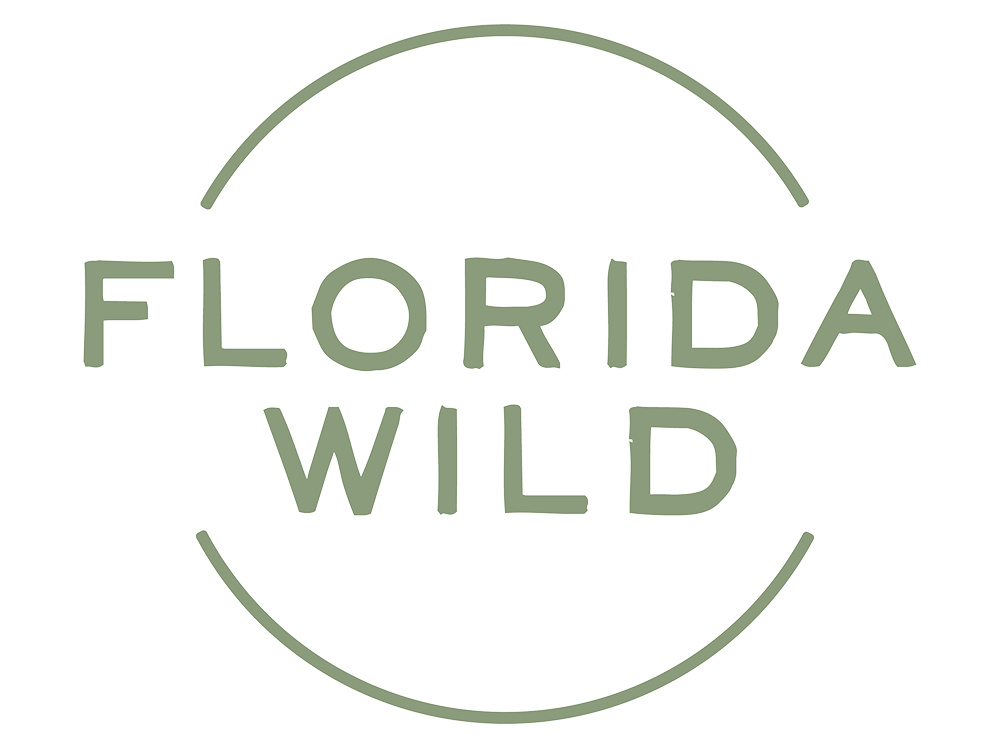While in search of one shot, the environmental photographer stumbles across something even better.

There is no better place in the world than Boca Grande in the early summer. The tarpon fishing season is reaching its peak, and the Charlotte Harbor estuary is teeming with life. One of my favorite things to do is run a boat south past Gasparilla Island and Cayo Costa State Park to photograph the old fish shacks inside Captiva Pass. In the late afternoon, storm clouds often build like mountains over the mangroves of Pine Island while the stilt houses stand over the grass flats in the foreground like sentinels of a bygone era. Charlotte Harbor, near Fort Myers, is the second-largest open water estuary in Florida—behind Tampa Bay. Freshwater flows in from the Peace, Myakka and Caloosahatchee rivers, nourishing a vast mangrove ecosystem that provides a habitat for hundreds of species of fish and birds.
As the places where inland freshwater and coastal saltwater mix, estuaries remind us how our whole state is interconnected. Charlotte Harbor is connected to Lake Okeechobee and the Everglades through the Caloosahatchee. When water quality in Lake Okeechobee suffers, Charlotte Harbor often suffers, too. Thankfully, Charlotte Harbor is resilient, aided by many passes exchanging water with the Gulf of Mexico. Boca Grande Pass, between Gasparilla Island and Cayo Costa State Park, is nearly a mile wide, up to 80 feet deep and said to be the deepest natural pass along the entire Gulf Coast.
On this day in June, our boat was traveling south toward Captiva Pass. As we neared the inside of Boca Grande Pass, the Gulf of Mexico starting to show beyond, a pair of bottlenose dolphins started playing in the boat wake. I moved close to the stern and lowered my camera, hoping to get another glimpse, when a mother and baby broke through the surface right in front me. Having grown up on the Gulf Coast near Clearwater at a time when Flipper was popular on TV, I have always had a fondness for dolphins. These highly intelligent marine mammals can live up to 50 years. The bond between a mother and her calf is strong. After a gestation period of a full year, a calf will nurse for about 20 months and then stay close by the mother for three to six years. By freezing time in this photograph, I get to ponder this tender moment shared between mother and calf forever. The light for the stilt house photographs didn’t work out that day, but this gift from the journey is a moment I will always remember.
